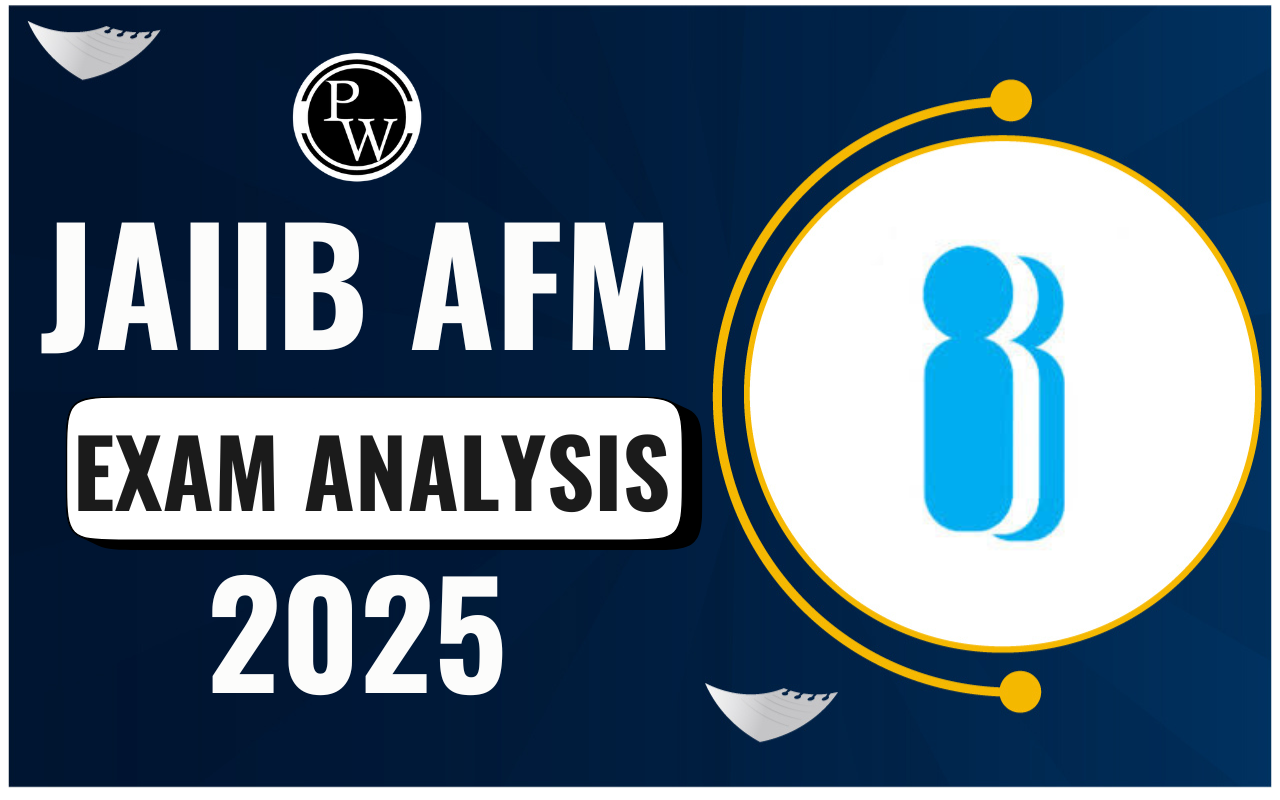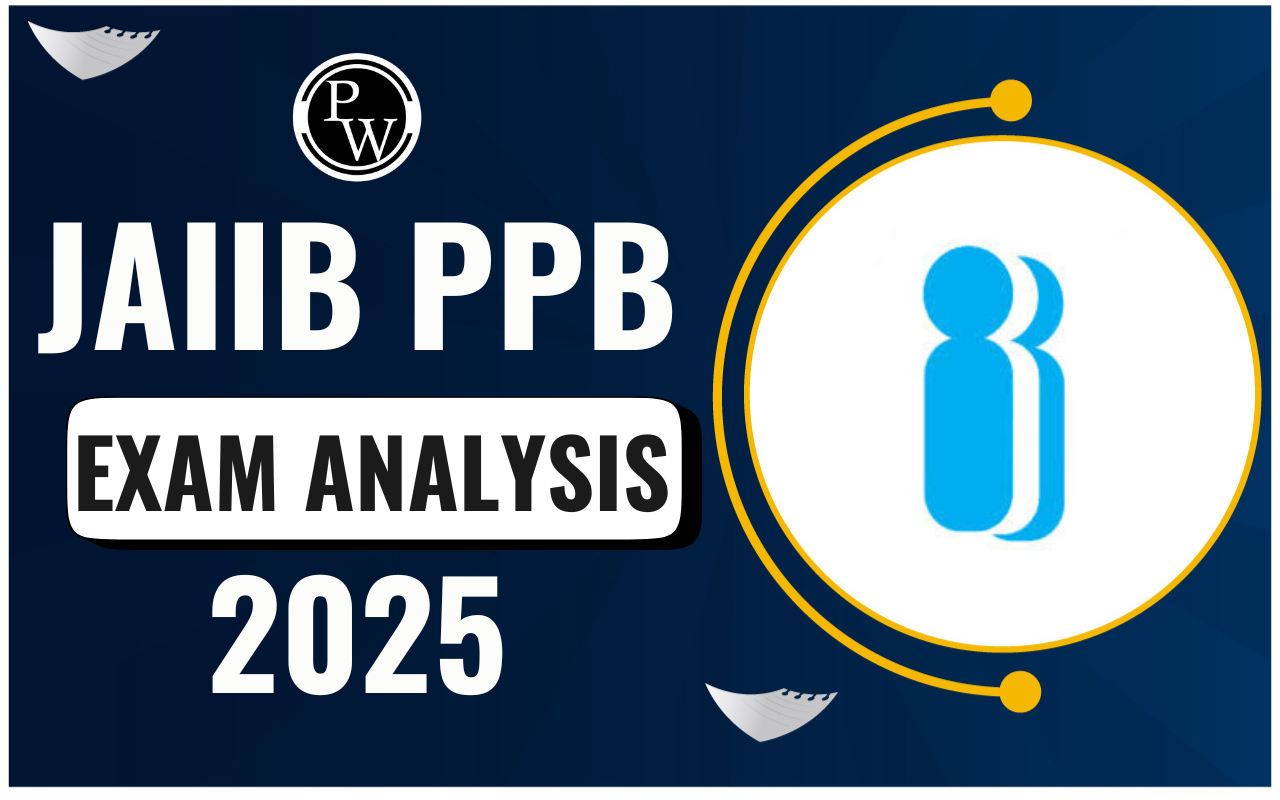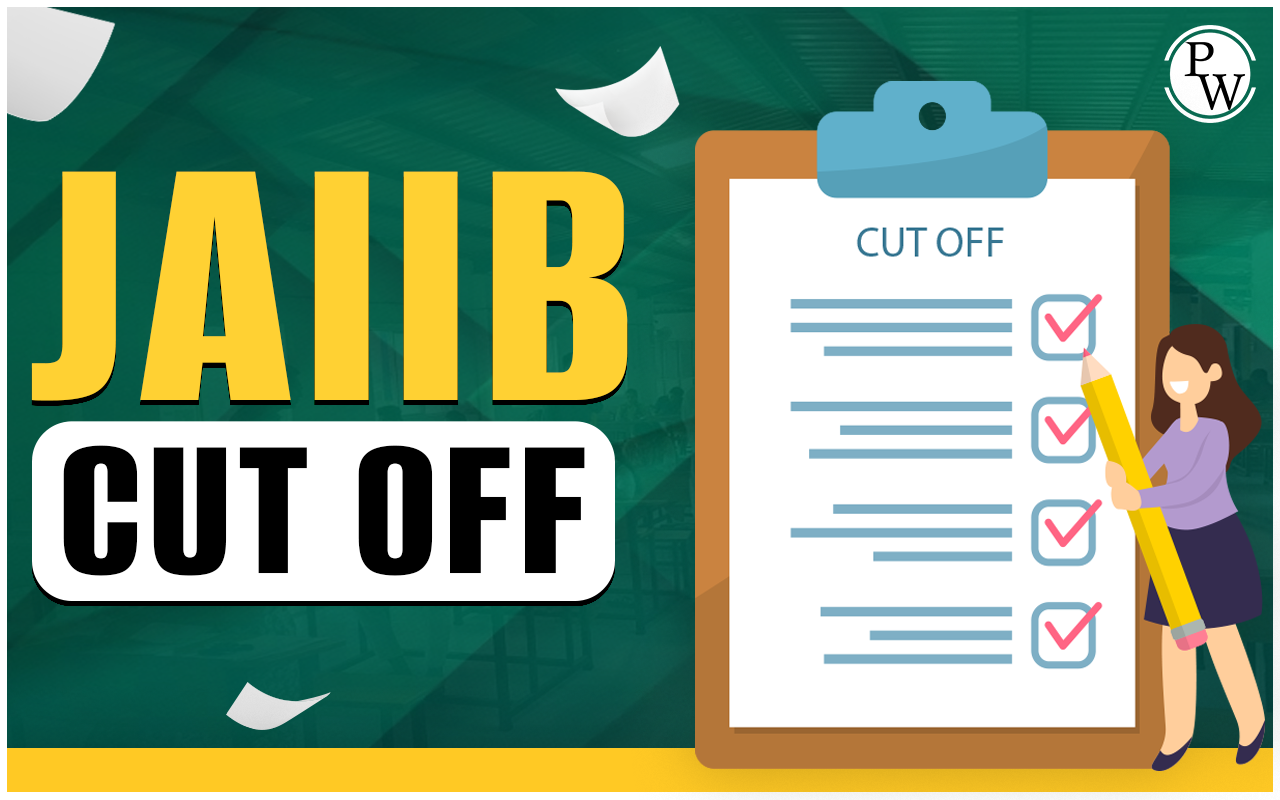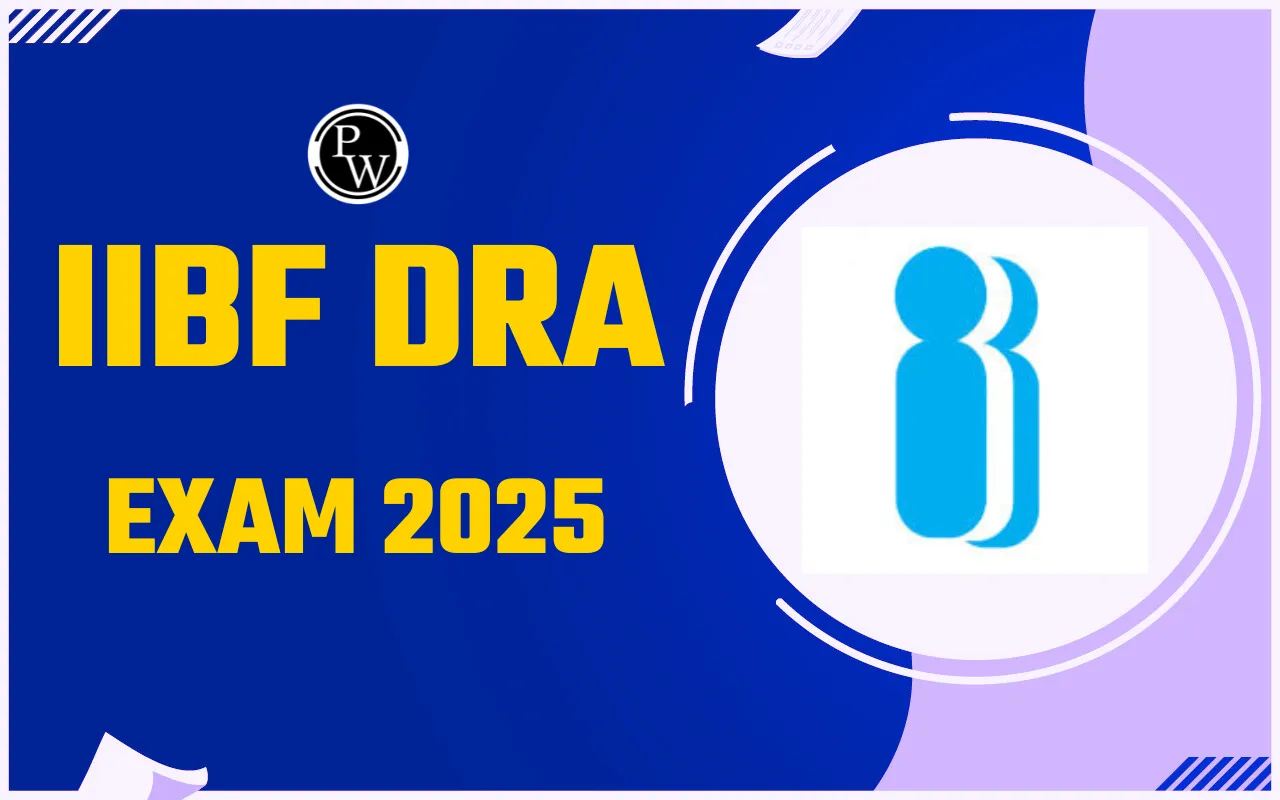
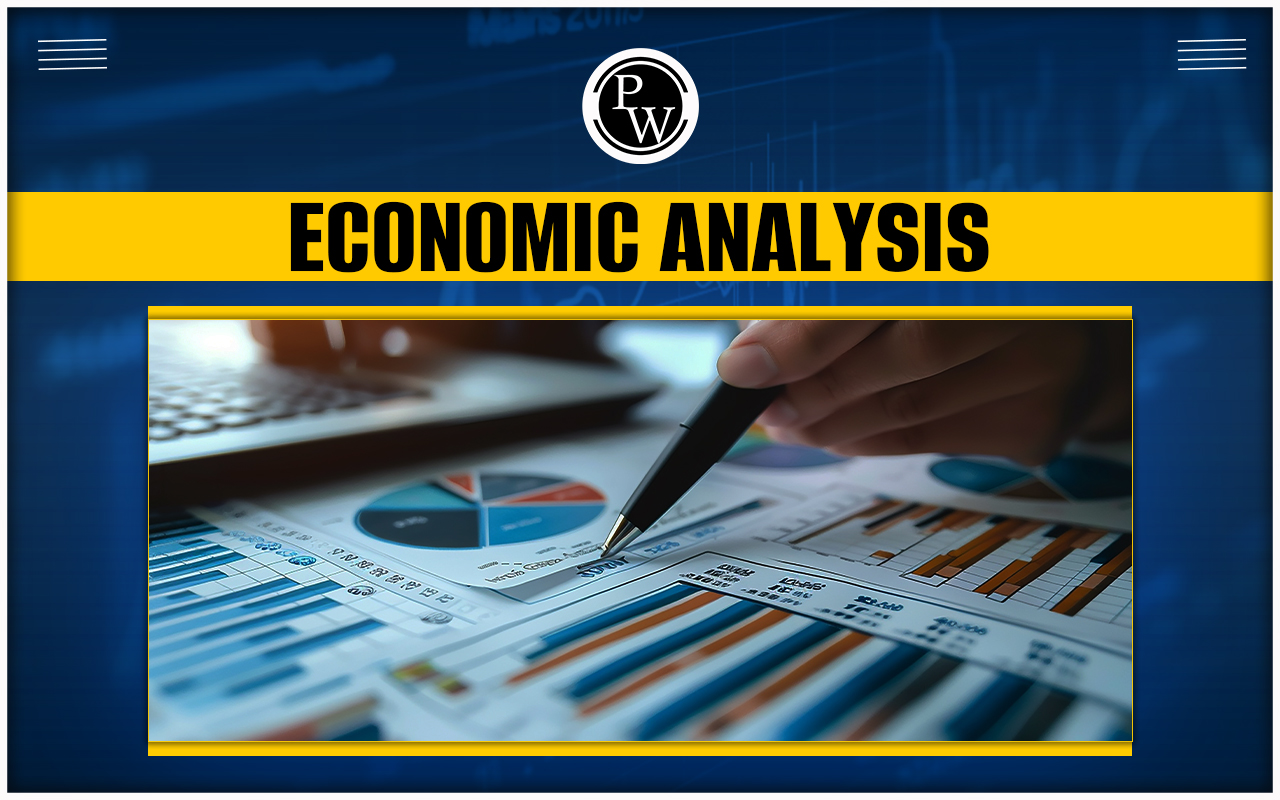
Economic Analysis: Economic analysis essentially includes an evaluation of costs and benefits. This starts with ranking projects based on financial viability to facilitate better allocation of resources. It aims to analyze the beneficial effects of the project.
Economic analysis includes three main parts: They are: 1. Identification and evaluation of investment-related costs 2. Identifying and evaluating the benefits of an investment 3. Comparing costs and benefits to determine the appropriateness of an investment. Cost is an important factor to consider in both economic and financial analysis. From a financial point of view, the most important costs are for the investor. Costs that create an "additional burden" are costs that are considered in the Economic Analysis.Economic Analysis
India's economy has strengthened in recent years, and the country's gross domestic product has almost doubled in nominal terms over the past decade, becoming the fifth largest in the world. At the same time, GDP growth averaged 6%, which is one of the best in Asia. Despite significant economic development since the turn of the millennium, India continues to be a poor country per capita.Department of Economic Analysis
The Department publishes seven major publications - five a year namely Annual Report, Report on Trends and Progress in Banking in India, Report on Currency and Finance, Handbook of Statistics on Indian Economy and State Government Finance. monthly Bulletin with weekly statistical supplement and Reserve Bank of India Articles - triennial research journal. In addition, research is published in the Personal Studies series. The analytical precision, thoroughness and timeliness of these publications have made them reference documents among market participants, analysts, academics and the international community. In addition to extending research and analytical support to the Bank's policy, the department coordinates IMF country negotiations and discussions with rating agencies; provides the government with political support and background material for the economic review; Finance Minister's budget speech and parliamentary questions. In addition to its internal research, the department promotes research and obtains the opinions of foreign experts on economically important topics through seminars, collaborative research and programs. The department administers Reserve Bank research chairs and fellowships at 17 universities and research institutes, as well as special financial grants to support specific research projects and publications. The department organizes two lectures every year in C.D. Deshmukh and L.K. Jha Memorial Lectures by Eminent Persons the Fields of Macroeconomics, Banking and Finance. In addition, P.R. Brahmananda Memorial Lectures are also organized from time to time in the above mentioned places. The Department, which acts as the economic think-tank of the Bank, is divided into sixteen major divisions:1. Division of Money and Banking
2. Division of Banking Development
3. Division of Econometrics
4. Development Research Group
5. Capital Market Division
6. Division of International Economic Relations
7. Division of International Trade
8. Division of International Finance
9. Division of Central Finances
10. Division of State and Local Finances
11. Division of Industrial & Services Studies
12. Division of Rural Economics
13. Division of National Income, Savings & Flow of Funds
14. Financial Markets Monitoring Unit
15. Division of Reports, Reviews & Publications
16. Special Studies Unit
Indian Economy Outlook 2024
India's GDP took a big leap on Leap Day 2024: The country's remarkable growth of 8.4% in the third quarter of the fiscal year 20241 beat all expectations, as market analysts expected a slower growth of between 6.6% and 7.2% in the fourth. %. Deloitte's quarterly growth forecast was 7.1-7.4% (published in January 2024). After a major revision in the data for the last three quarters of the financial year, India's GDP growth was already 8.2% year-over-year (yoY) in these quarters. We have revised our growth forecast for this year to between 7.6% and 7.8%, compared to our previous forecasts, due to GDP revisions and stronger than expected growth in 2024. However, we expect growth in the last quarter will be subdued due to uncertainties surrounding India's 2024 general elections and subdued consumption growth. Our near- term expectations are in line with previous forecasts, with a slight change in the forecast range due to a higher base effect in 2024. We believe that next fiscal year (fiscal year 2025) GDP growth will be around 6.6% and 6.75% this year. after (fiscal 2026), as markets learn to factor geopolitical uncertainty into their investment and consumption decisions.Economic Analysis FAQs
Q1. What is Economic Analysis?
Q2. What are the parts of Economic Analysis?
Q3. What is the GDP of India as per the Economic Analysis?
Q4. What are the factors of Economic Analysis?




